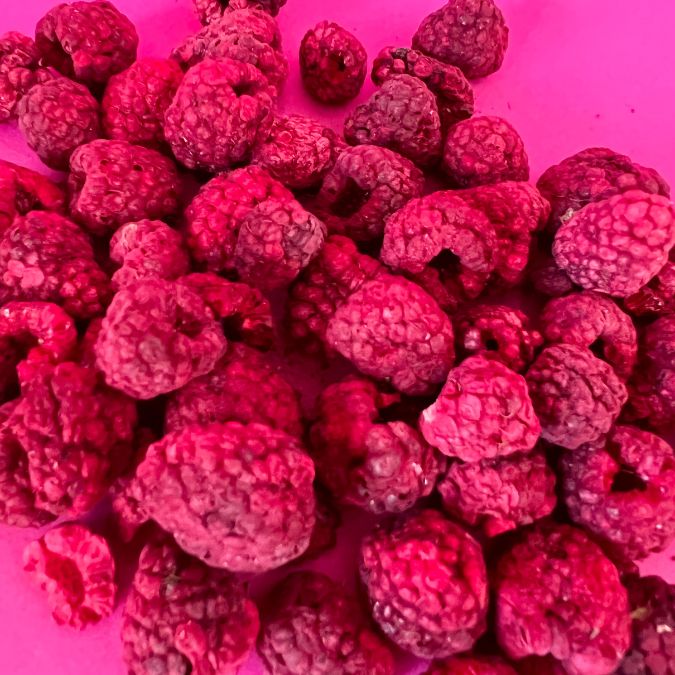
Freeze drying (lyophilization)
Freeze drying, also called sublimation and lyophilization, is considered one of the best drying methods precisely because of the excellent quality of the finished product (Jiang et al., 2013). During freeze drying, the water contained in the product in a frozen state is converted into condensate in a vacuum chamber as a result of sublimation, thus skipping the liquid state of water. The freeze drying method (lyophilization) is intensively used in the processing of various biological materials, in pharmaceuticals and in the processing of food products, because the material is not exposed to high temperatures during drying. In order to add value for our food products, our production technology is also freeze drying, which
- preserves nutrients (including vitamins and minerals) in almost the same amount as fresh products;
- retains its sensory properties, that is, taste, color, smell and appearance;
- makes finished products crispy;
- ensures easy and convenient use of products;
- ensures a long shelf life of the finished product;
- allows to store at room temperature.
Freeze-drying provides a crunchy texture to freeze dried products, which in turn is one of the desired quality attributes important for us as consumers to enjoy food products, (Elder and Mohr, 2020), which in turn is one of the keys to the success of the huge popularity of crunchy snacks. Currently, global trends in both demand and supply for low-fat and low-calorie products are increasing, especially in the segment of crunchy and healthy snacks, where manufacturers, in addition to nutritional value, are beginning to focus on the use of plant-based raw materials in the production process (Chranioti et al., 2016 ).

We are all increasingly paying attention to products with high nutritional value, such as vitamins, minerals, protein, low fat content. The origin and sustainability of food products are also important. Dried fruits are one of the most popular groups of healthy snacks in European countries such as Germany, France and Great Britain precisely because of the composition of minerals, vitamins and fibers, therefore the use of freeze drying (lyophilization) technology, which preserves the nutritional value of the product at a higher level than traditional drying methods, gives much higher added value to the products produced in this technology.

Freeze drying (lyophilization) technology is also used for the production of food for astronauts, because it not only preserves the nutritional value and sensory properties, but also reduces the weight of the finished product, creates a high level of solubility, ensures a long shelf life and allows the rehydration of the product to the desired level (Venir et al., 2007 ). Various studies show that it is possible to apply other drying technologies that would save time and energy consumption, but freeze-dried food products are still the leaders in terms of excellent quality of the final product.

Sources:
Chranioti, C. & Chanioti, S. & Tzia, C. 2016. Comparison of spray, freeze and oven drying as a means of reducing bitter aftertaste of steviol glycosides (derived from Stevia rebaudiana Bertoni plant) - Evaluation of the final products. Food Chemistry, 190, 1151–1158.
Elder, R. S. & Mohr, G. S. 2020. Guilty displeasures: How imagined guilt dampens consumer enjoyment. Appetite, 150(August 2019), 104641.
Jiang, H. & Zhang, M. & Liu, Y. & Mujumdar, A. S. & Liu, H. 2013. The energy consumption and color analysis of freeze/microwave freeze banana chips. Food and Bioproducts Processing, 91(4), 464–472.
Venir, E. & Del Torre, M. & Stecchini, M. L. & Maltini, E. & Di Nardo, P. 2007. Preparation of freeze-dried yoghurt as a space food. Journal of Food Engineering, 80(2), 402–407.

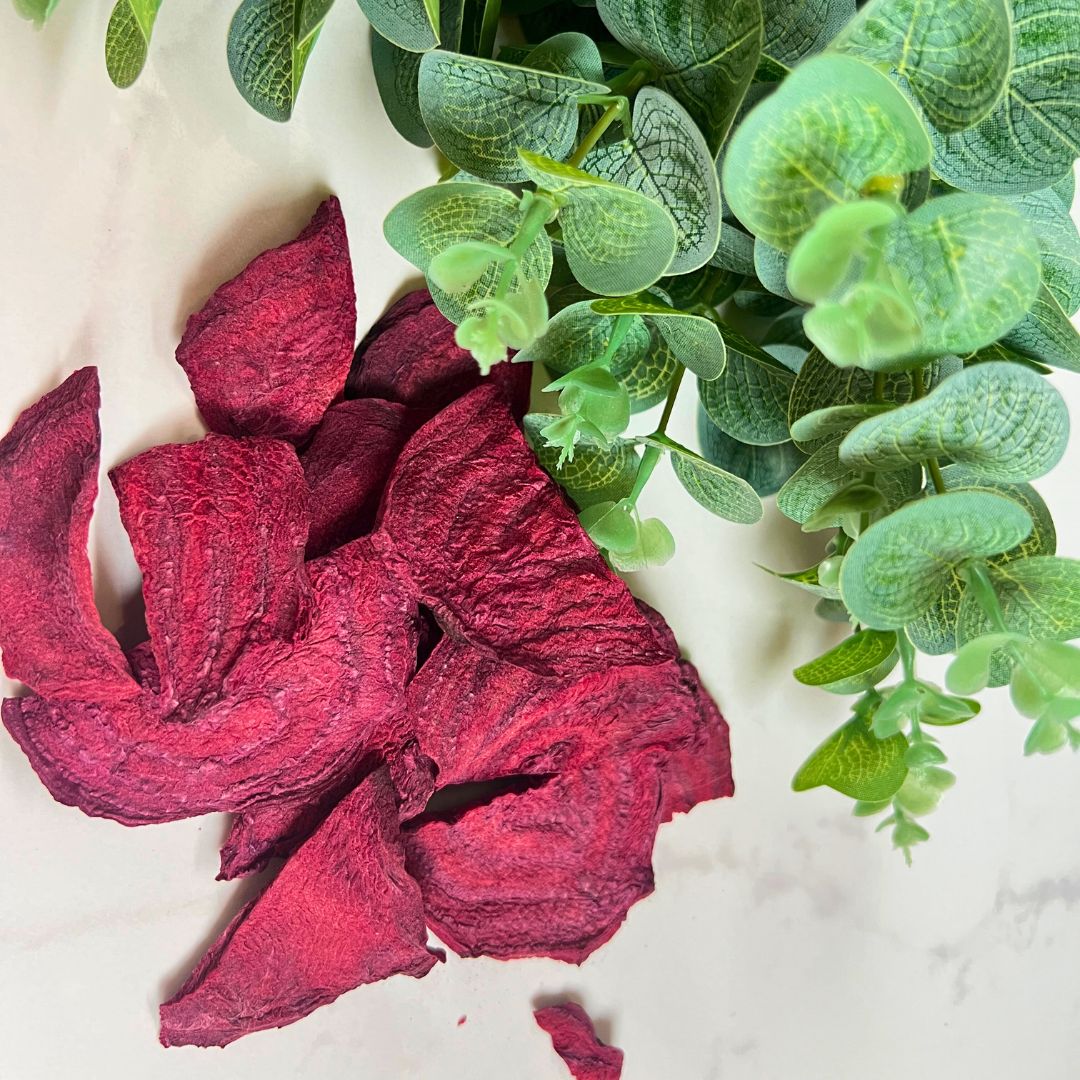
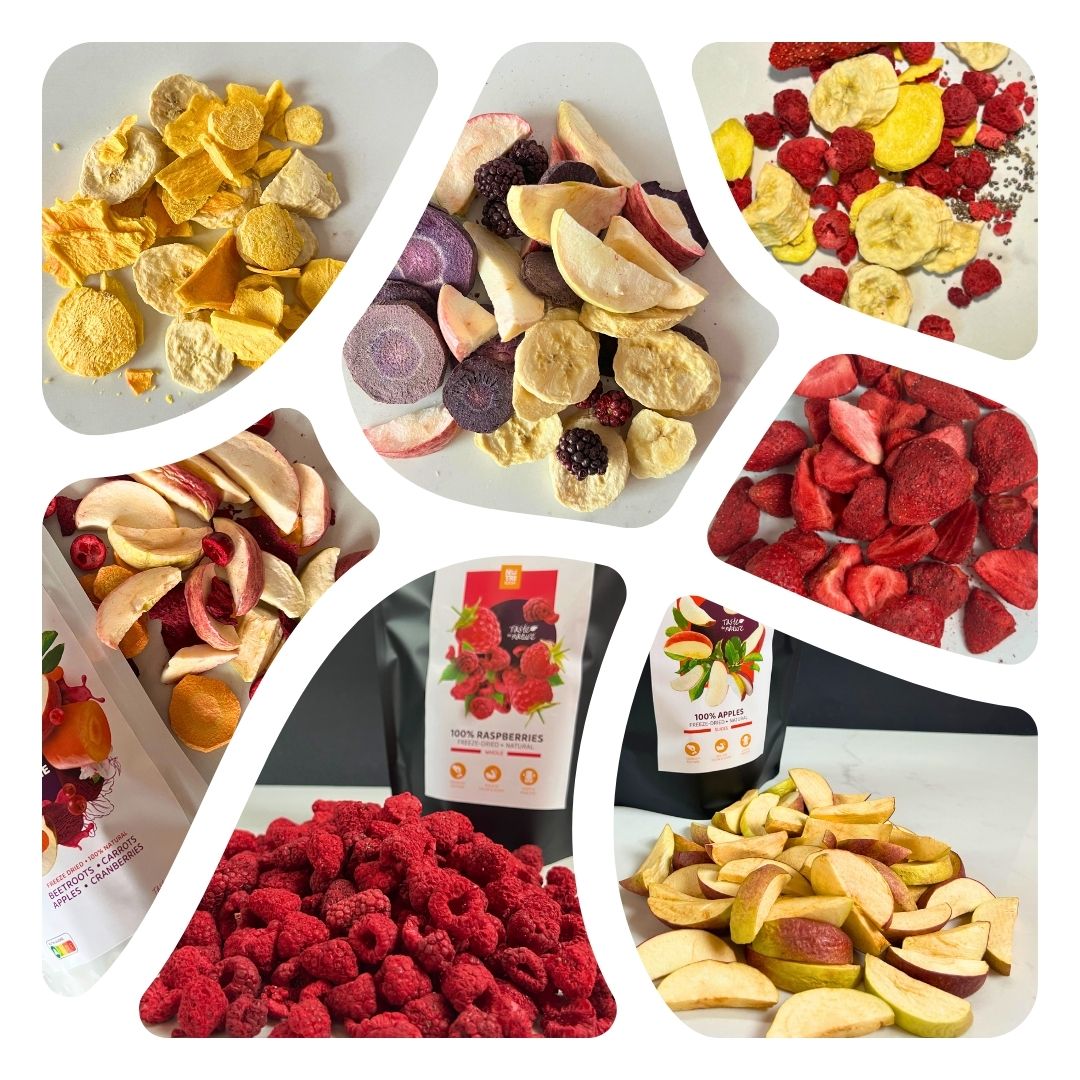
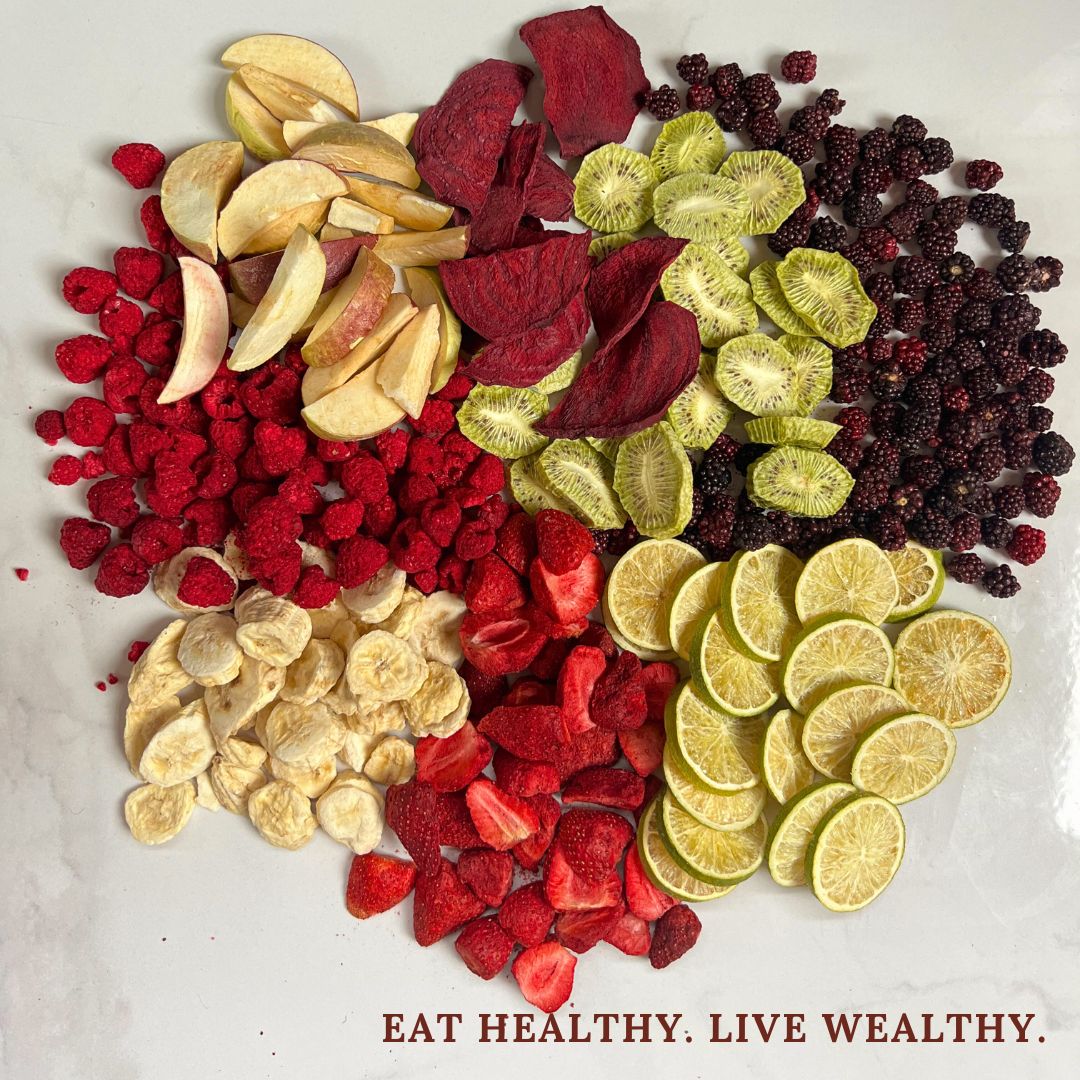
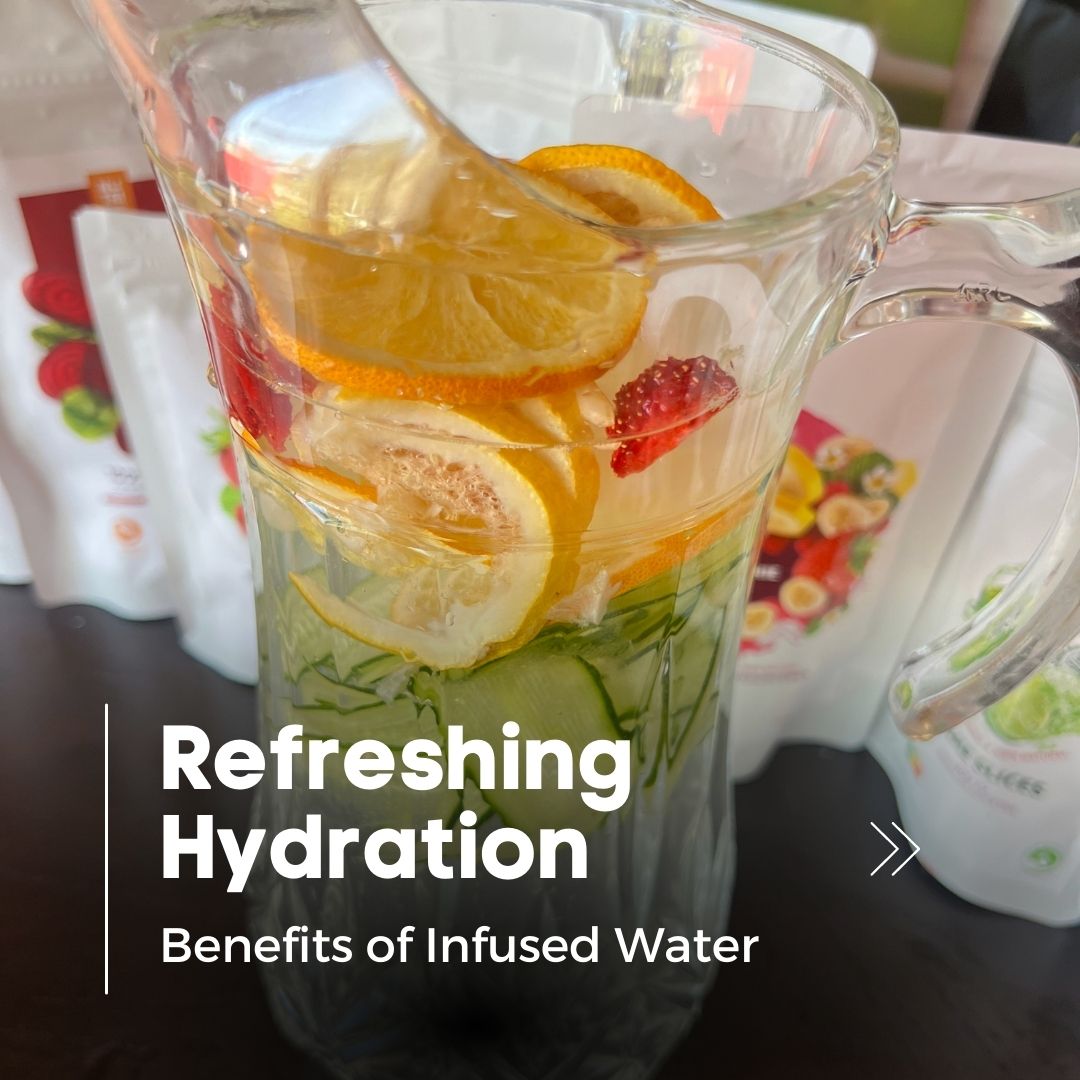
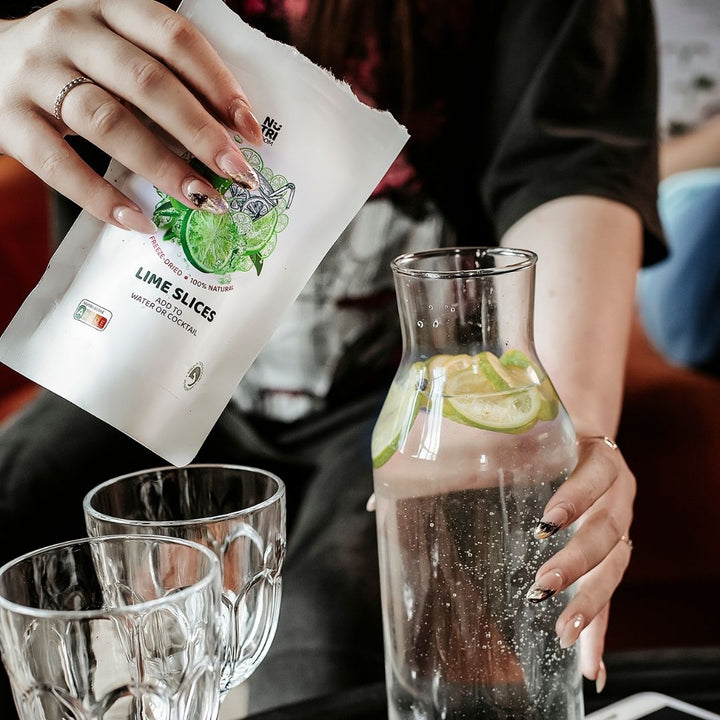
Comments (0)
Back to News